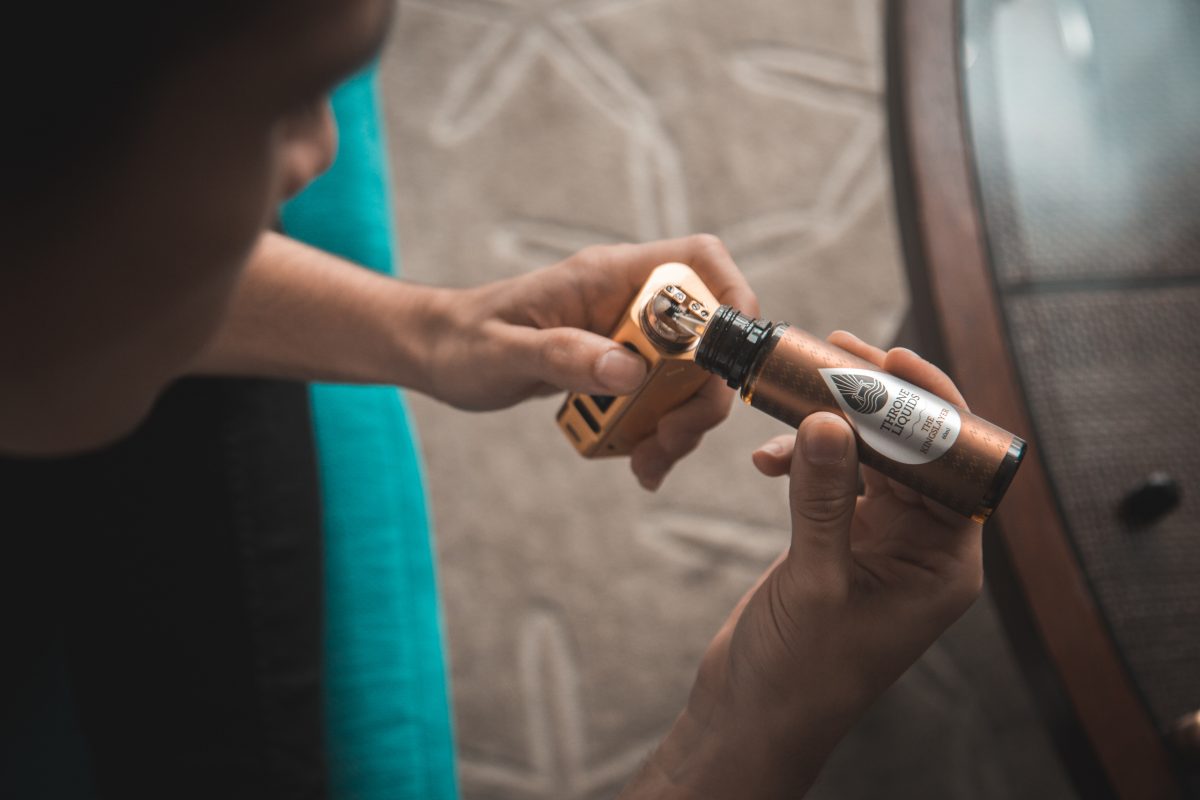
What You Learn by Studying Digital Marketing
When it comes to digital marketing, taking online courses is one of the many ways you can go about acquiring the basics. But what exactly are you going to learn when taking digital marketing courses online?
Well, it depends on the course you are taking, of course! But there are some common themes you’ll learn, regardless of which area you choose to study and which provider you enrol with.
According to Mallory, digital marketing has 6 major activity types: content marketing, search engine optimization, search engine marketing, social media marketing, affiliate and influencer marketing, and email and message marketing. Let’s have a look at some of the topics so you’ll know what to expect by taking digital marketing classes.
SEO and Keyword Research
You can’t live without search engine optimization today. SEO is at the heart of everything. Online courses will teach students how to:
- Properly target keywords based upon a specific niche/industry, website they’re building, or client needs
- Create enriching content online to ensure a website outranks competitors in organic SEO searches
- Incorporate the right keywords, phrases, and “search friendly” details on a website, to ensure they rank highly in organic SEO searches
- The basics of mobile websites, fast load times, product descriptions, blogs, and relevant content, to guarantee higher rankings online.
Without the right keywords, and without properly optimizing a website, it is going to falter. The right courses will teach students the basics of building a website with SEO in mind, to ensure it ranks well within a specific niche for a search demographic.
Social Media and the Importance of Localizing
Think of a popular website today. Does it have a social media presence? If you say no, you’re fooling yourself.
The same goes with local search tools. Many companies today have a Google My Business page. They also have local search terms, city names, local phrases, and popular search terms on their website.
What’s the reason for these things? They matter! Today, websites must:
- Cater to their searcher (include local searches as people will include words like “near me” or include city/state when searching for something online)
- Include social links, in order to engage with their audience and be viewed as a likable company
- Incorporate YouTube, Instagram, Facebook ads, and more.
Basically, companies have to cater to their audience. Almost everyone’s on at least one social media site. So, companies have to be as well.
Marketing courses will teach you how to build an online reputation, how to incorporate localization into website design, and how to interact with audiences, through multiple social media platforms.
How to Monetize a Site
Customers want to make profits. Working in marketing, designing websites, or creating content as a marketer, means you’ll have to help clients monetize their site. Basic marketing courses will teach students the power of:
- Content marketing
- Affiliate marketing
- Blogging and guest writing
- Email marketing and building campaign lists
- Utilizing online podcasts and YouTube marketing
- PPC (pay per click ads) … and more!
There are several ways to monetize a website. If you don’t know how to utilize these tools as a marketer, you probably won’t go far in the industry.
Study Digital Marketing Online
Most marketing careers relies on technical skills and knowledge of online platforms. You need to embrace technology since that’s the most powerful way to connect to customers.
The crucial role of technology makes mean studying online is a natural fit. Online Study Australia has observed, “Studying marketing in an online environment makes great sense with the rise of digital and social media marketing. Marketing professionals need to be skilled at connecting customers to products using technology.”
The different types of marketing courses you can do range from watching YouTube videos, to short diploma courses, to full university degrees. A combination of online courses is perhaps the way to go. Get a grounding by doing a long course and then keep updated and refreshed with shorter courses.






















